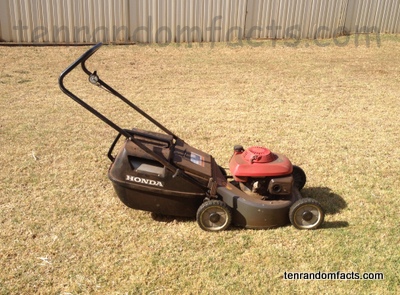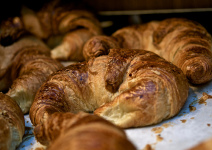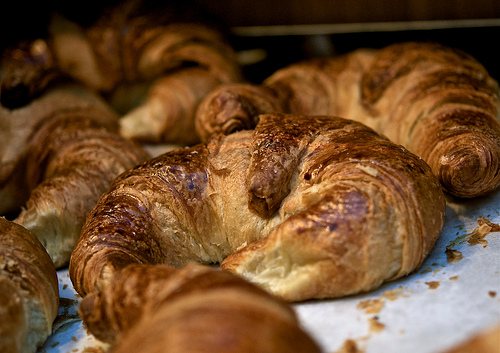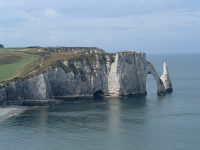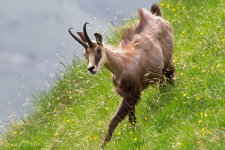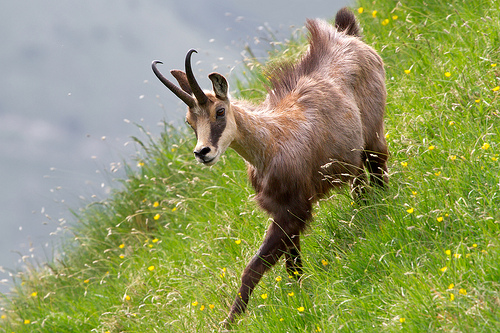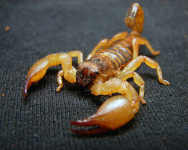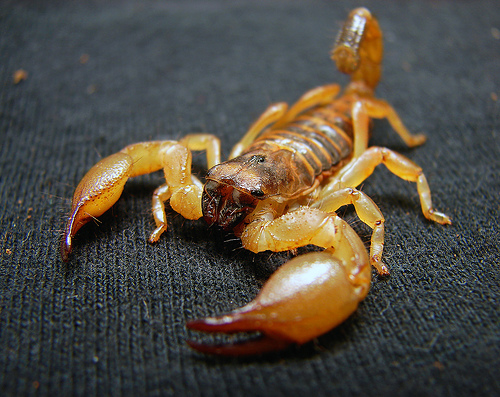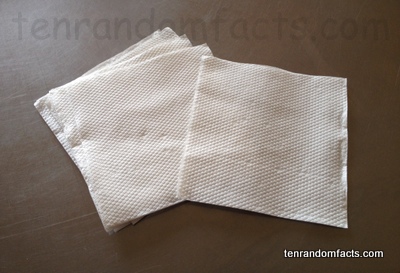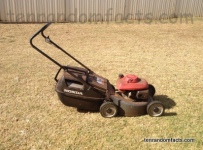
Now you can mow your lawn with knowledge with these lawn mower facts!
- Lawn mowers are mechanical or robotic devices used to cut grass, often lawns or grass fields, using blades.
- Lawn mowers can be powered by hand, electricity or a fuel motor.
- Lawn mower blades generally spin on a vertical or horizontal axis, and are named ‘rotary mowers’ and ‘reel mowers’ respectively.
- Lawn mowers were first patented in 1830, by Englishman Edwin Budding, from England’s Gloucestershire in Europe, to replace the scythe, and Budding’s invention was inspired by the cloth cross-cutting machines that were used in the local mills.
- Reel lawn mowers often have three to seven ribbon like blades that are connected together in a cylindrical formation, while those with rotary blades are typically limited to one relatively flat blade that attaches to the underneath of the machine.
- Steam powered lawn mowers were first patented in 1893 by James Sumner in England, although they could only be used after a few hours of heating to allow for pressure buildup.
- Lawn mowers can propel items like stones, at high speed, that can cause damage, and while many other mowing related injuries can be prevented from wearing correct footwear, in 2004, at least 80,000 people in the United States were injured by mowers or mowing activity.
- Many lawn mowers emit high quantities of pollution, comparable to domestic cars, and often produce loud noises that can be irritating and damage hearing.
- Lawn mowers often consist of a motor, blades and a box called a ‘catcher’ that collects grass cuttings, although hand powered reel bladed machines typically have blades and a handle, and sometimes a catcher, although a motor is absent.
- Ride-on mowers, that allow for a person to sit on the machine, are useful for mowing large areas, while robotic lawn mowers are becoming increasingly popular and only require minimal human interaction.
Bibliography:
Lawn Mower, 2014, Wikipedia, http://en.wikipedia.org/wiki/Lawn_mower
Mower History, 2014, The Old Lawn Mower Club, http://www.oldlawnmowerclub.co.uk/mowinfo/mowhist.htm




